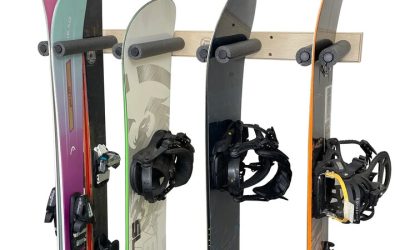Excavators are expensive, but purchasing used amphibious excavators can help you save money. Purchasing second-hand equipment can be costly if safeguards and inspections are not taken. Just as used autos should not be acquired without a comprehensive inspection, a used excavator should not be purchased without a thorough inspection of all machine elements.
Check Out the Swing Radius
When looking at used equipment from places such as Wilco Manufacturing, LLC, any play or movement in the slew ring that is not considered a typical element of operation should be looked at closely. The hydraulic excavator housing should always be smooth and tight when turned, with no play or abnormal movement. Examine all connections between the stick, boom, and bucket. Look for any loose play in the bushings and pins. The accuracy suffers because of loose connecting points. The slew ring is one of the costliest items to replace if it is broken.
Look Over the Exterior Condition
Dents, cracks, and bends should be examined on the exterior of any used amphibious excavators. Parts that have been used a lot, such as the boom, may warp and flex over time. This often necessitates the replacement of the damaged component, which can be costly. Dents on the stick or other machine elements might indicate that previous owners didn’t take good care of it. Records should be examined to determine that the equipment was not rented, as rented machines are more likely to be misused by operators.


